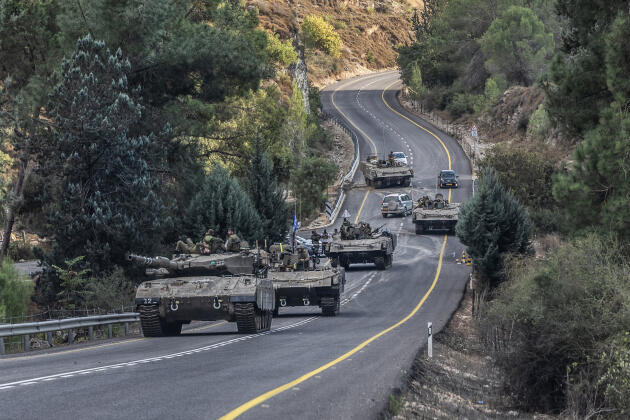Where they burn books, they will end in burning human beings
In his 1821 play, Almansor, the German writer Heinrich Heine referring to the burning of the Koran, the Muslim holy book, during the Spanish Inquisition famously wrote: “Where they burn books, they will end in burning human beings.” (“Dort, wo man Bücher verbrennt, verbrennt man am Ende auch Menschen.”) One century later, Heine’s books were among the thousands of volumes that were torched by the Nazis in Berlin’s Opernplatz in an outburst that did, in fact, foreshadow the blazing ovens of the Holocaust.
Althaugh there is no comparison between the potency of the events, one can not turn a blind eye from the growing power of the Taliban in Pakistan as lately demonstrated in Islamabad. A creeping campaign to “Talebanise” Pakistan has spread from tribal areas on the Afghan border right to the heart of the capital; the radical clerics openly preach Jihad (holy war) and defy the writ of the state. On 7 April 2007, the Arabic news paper “Sharq Al Awssat” outraged a chilly reminder from Islamabad, Pakistan, where radical Islamic frantic, intoxicated young Salafists, members of the religious Madrasas’ student organizations, declared Jihad in a symbolic manifestation of burning video and music CD’s which was described as “Taliban style” by the newspaper.1 What’s more, the radical Islamic leader in Pakistan, Mawlana Abd El Aziz Azmah, Imam of the “Red Mosque”, issued a warning that suicide attacks will be launched as a tool to implement and impose the “Sharia” Islamic law in Pakistan if the government will use force to defuse the activities that is concentrated around the “Red Mosque” in Islamabad. In addition, Azmah demanded an establishment of “Sharia courts” within a month that will rid “satanic manifestations” in the capital as stores sell video and music CD’s and alcoholic beverages. According to TimesOnline, Abd El Aziz Azmah has “10,000 men and women students, mostly from tribal areas near the Afghan border, who are ready to die for their cause”.2
On 31 March 2007, the same group issued a warning to the Pakistani authorities to shut down entertainment establishments and burned two video stores and a local electric power station in Kohat, a border town with Afghanistan.3 It should be noted that the violent radical Islamic activities in the geographical proximity to the Afghan border is very much inspired and influenced by the Taliban.
In April 2007, it was reported that students of the “Quranic schools” in Islamabad launched a radical extreme campaign named “Prevention of Vice”, aimed at eradicating Western manifestations in the public domain. This is a mechanism whose sources are well known in Afghanistan and within the Wahabi Saudi Arabian regime as implemented by “The Commission for the Promotion of Virtue and the Prevention of Vice” (the Saudi religious police).4 This mechanism, which hinders social development and the freedom of expression, impedes the rights of mobility and privacy, and ultimately stops the development of a free society.
According to reports from Islamabad, President Musharraf is worried about losing the support of Islamist parties in the presidential and parliamentary elections over the next year. Some accuse him of tolerating the Lal Masjid (Red Mosque) and other madrassas to justify continued military rule.
It seems that President Musharraf does not have many choices due to this phenomenon of symbolically burning cultural icons. President Musharraf may or may not win the upcoming elections, but the country is still headed in a downward spiral, as history has shown us from the murky books’ burnings in Berlin.
(Source: https://www.aawsat.com/details.asp?section=1&issue=10357&article=413924)
Notes:
1 https://www.aawsat.com/details.asp?section=1&issue=10357&article=413924
2 https://www.timesonline.co.uk/tol/news/world/asia/article1620554.ece
3 https://www.alwatan.com.sa/daily/2007-03-31/first_page/first_page08.htm
4 https://www.alarabiya.net/Articles/2007/04/03/33161.htm






